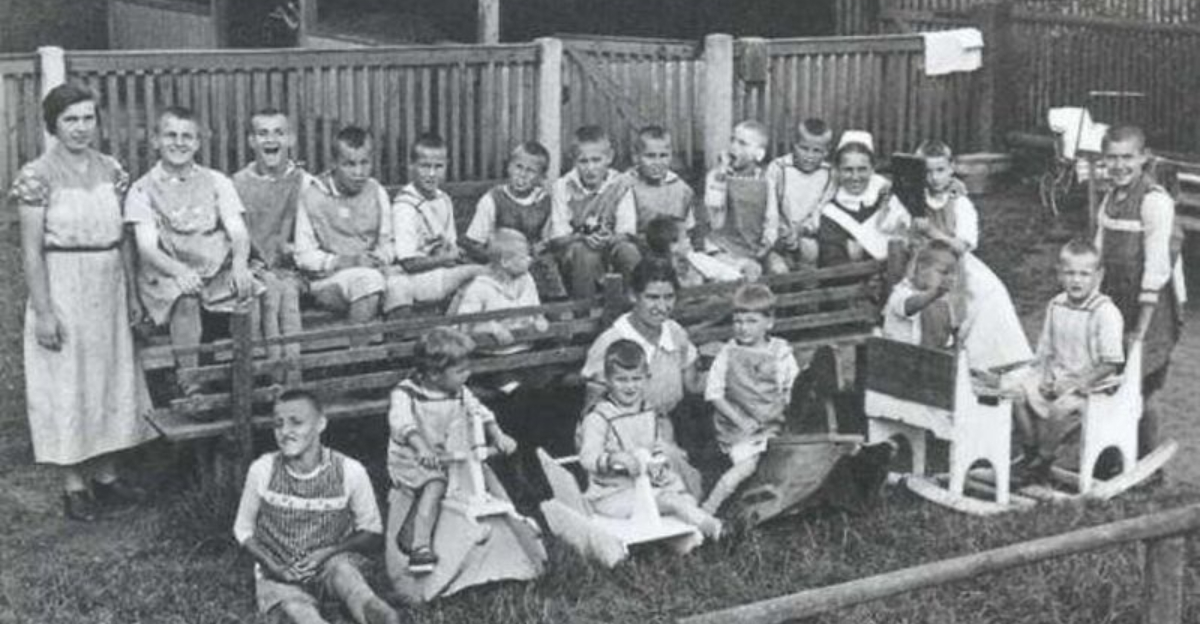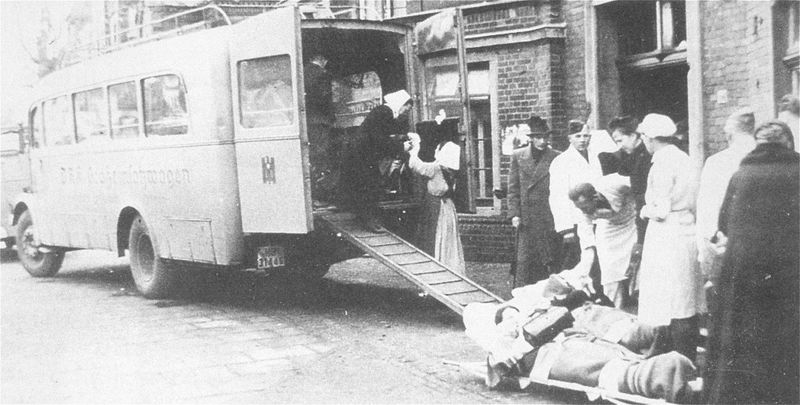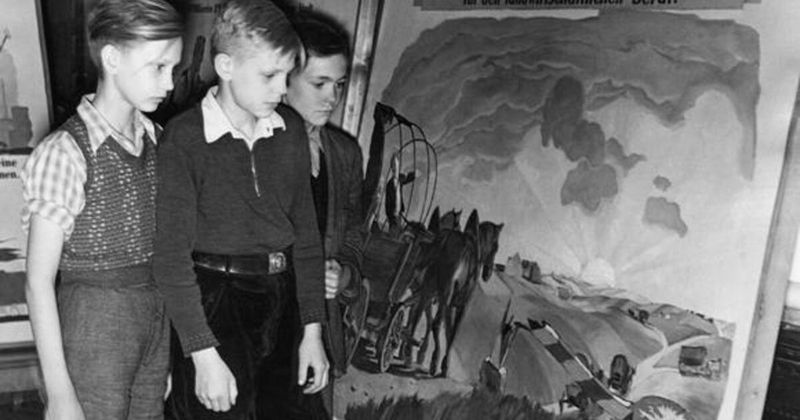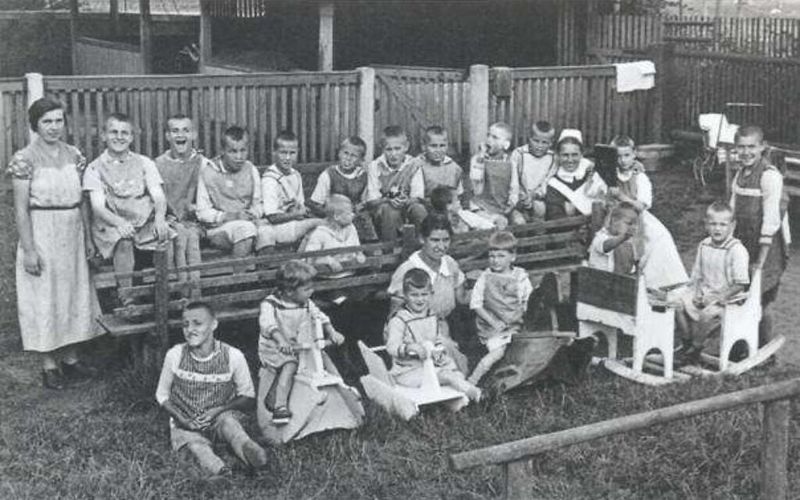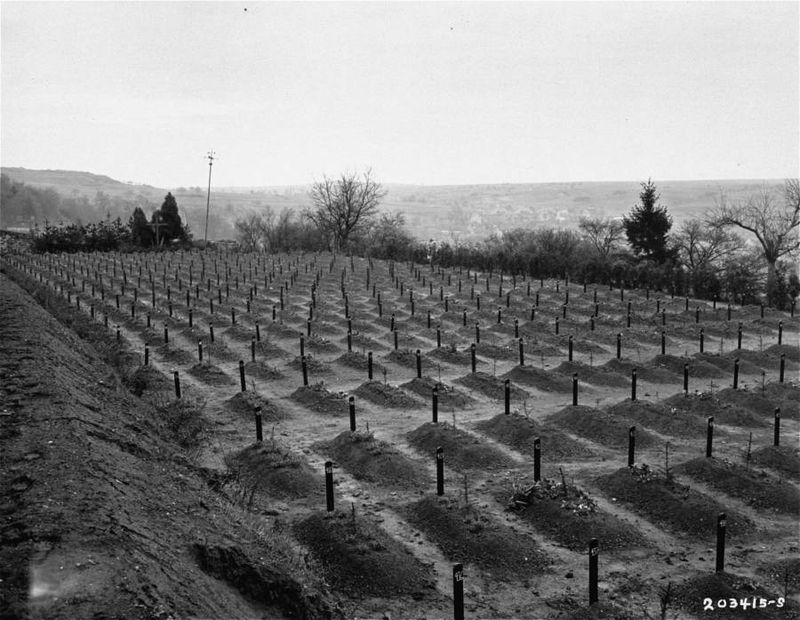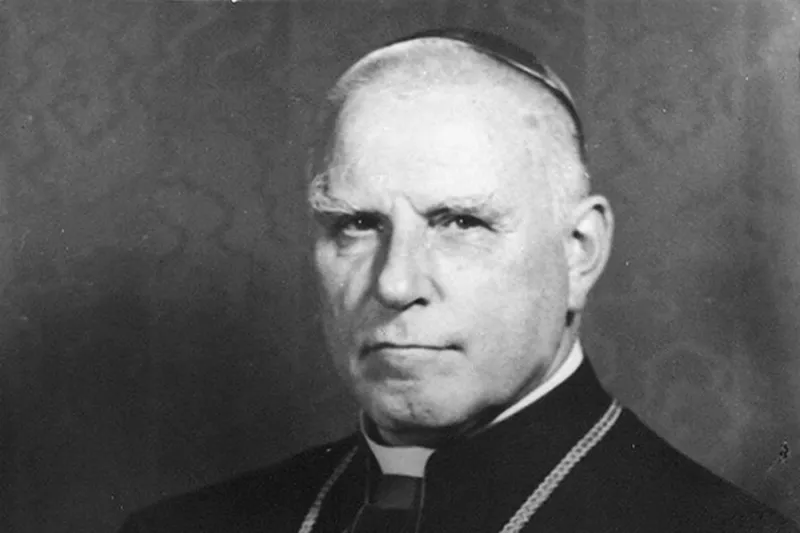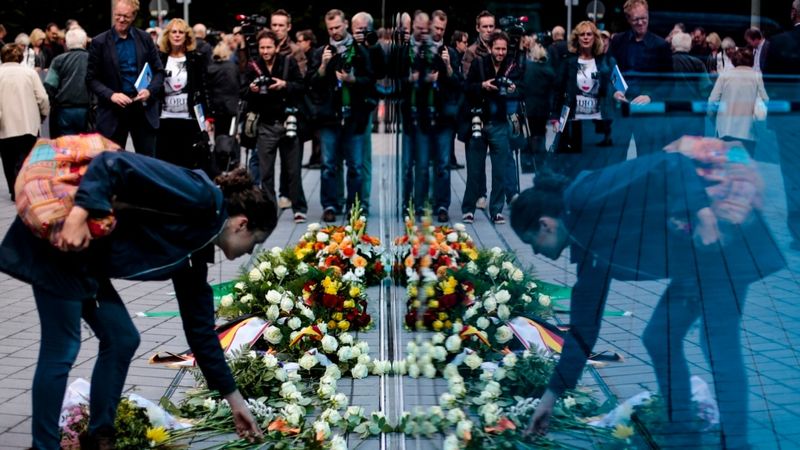The Nazi euthanasia program, a grim chapter often overlooked, led to the murder of 300,000 individuals deemed “unworthy of life.” This blog delves into the origins, execution, and aftermath of this atrocity, shedding light on the victims’ stories and the chilling methods employed.
1. The Origins: “Life Unworthy of Life”
In the late 1930s, the Nazi regime propagated the idea of “Lebensunwertes Leben” or “life unworthy of life,” targeting individuals with disabilities. This ideology was rooted deeply in pseudoscientific theories of racial purity and societal efficiency. In 1939, Adolf Hitler covertly authorized a program to euthanize those deemed unfit. Though signed before the war began, the directive was backdated to October 1939 to cloak its inception in wartime necessity. Uniquely, this operation involved doctors, not soldiers, executing the plan, thereby lending a false veneer of medical legitimacy to the systematic killings.
2. How Victims Were Selected
Victims of the Nazi euthanasia program were systematically selected through a chillingly bureaucratic process. Hospitals and institutions were required to submit detailed questionnaires about their patients, focusing on mental and physical conditions such as schizophrenia, epilepsy, and chronic illnesses. A panel of so-called “medical experts” reviewed these documents. With cold efficiency, they marked individuals with a red plus sign to signal death or a blue minus to indicate survival. This methodical selection dehumanized individuals, reducing their lives to mere checkboxes on a form.
3. The Killing Methods
The methods of extermination were varied and brutal. Victims were often starved or denied medical care, leading to death by neglect. Lethal injections of morphine and barbiturates were administered to many, under the guise of medical treatment. The first trials of gas chambers occurred in 1939, horrifyingly setting the stage for later Holocaust atrocities. Additionally, mobile killing units used vans to transport and murder patients, combining transportation with execution. These methods were shrouded in secrecy, yet systematically designed to eliminate thousands efficiently.
4. The Cover-Up: Fake Death Certificates & Secret Burials
To conceal the atrocity, the Nazi regime meticulously engineered a cover-up. Families received falsified death certificates, citing natural causes like pneumonia or heart failure, masking the true nature of their loved ones’ demise. In some instances, victims’ ashes were returned in urns, devoid of any hint of the brutal reality. Mass graves were discreetly dug near psychiatric hospitals, ensuring that evidence of the mass murders remained hidden. This deception was part of a larger effort to obscure the scope and horror of the program from the public eye.
5. Public Outcry & Temporary Halt
In 1941, courageous voices began to rise against the inhumane killings. Bishop Clemens von Galen delivered a powerful sermon, openly condemning the program. His words resonated deeply, igniting public and religious outrage. In response, Hitler temporarily halted Aktion T4, the code name for the euthanasia program. However, the killings persisted clandestinely. Personnel from the program were later transferred to concentration camps like Auschwitz, where their grim expertise in mass murder was further utilized, perpetuating the cycle of death.
6. The Aftermath: Forgotten Victims
Post-war, many doctors involved in the euthanasia program evaded justice, claiming compliance with orders as their defense. Unlike the Holocaust, the murders of these victims received scant attention, leaving survivors and families struggling for recognition and justice. Over time, memorials have emerged across Germany and Austria, commemorating the victims. Yet, the full scale of the killings remains elusive, a shadow over history. These memorials stand as poignant reminders of the lives lost and the silence that followed, urging remembrance and reflection.
